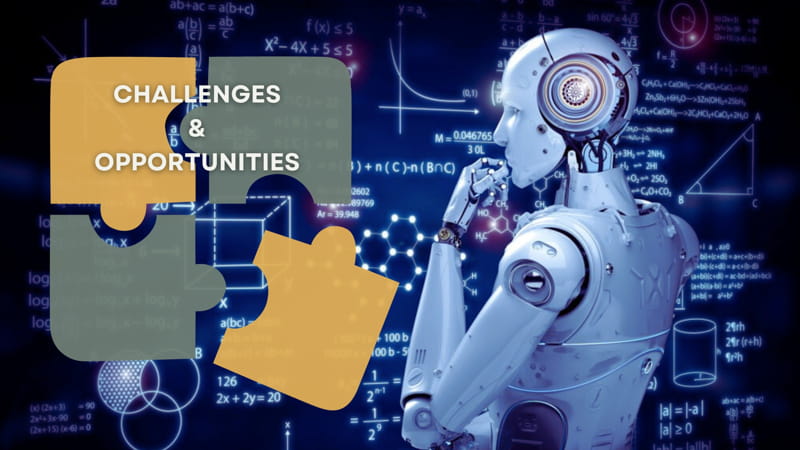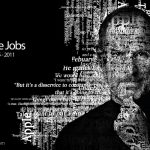In the spring of 2016, the world witnessed a historic moment in the realm of artificial intelligence. AlphaGo, an AI developed by DeepMind, defeated Lee Sedol, one of the world’s top Go players, in a five-game match. This victory was not just a milestone in AI development but also a glimpse into the future of what AI could achieve. However, as impressive as AlphaGo was, it was limited to a single task: playing Go. The real challenge lies in creating AI agents that are as versatile as the robots we see in science fiction—agents that can adapt to various tasks, control different body forms, and operate across multiple realities.
The Evolution of AI Agents: From Specialized to General Capabilities
The Limitations of AlphaGo
AlphaGo’s victory was a monumental achievement, but it highlighted a significant limitation: the AI was designed for a single purpose. It couldn’t play other games like Super Mario or Minecraft, let alone perform everyday tasks like cooking or doing laundry. The dream is to create AI agents that are as versatile as Wall-E, as diverse as the robots in Star Wars, and as adaptable as the characters in Ready Player One.
The Three Axes of AI Development
To achieve this vision, ongoing research efforts are focused on three key axes:
- Number of Skills: The ability of an AI agent to perform multiple tasks.
- Body Forms or Embodiments: The capability to control various physical forms, from humanoid robots to drones.
- Realities: The ability to operate across different environments, both virtual and physical.
Voyager: Scaling Up Skills in Minecraft
One of the most exciting projects in this space is Voyager, an AI agent designed to scale up its skills in Minecraft. With over 140 million active players, Minecraft is an ideal environment for testing AI versatility due to its open-ended nature. Voyager can explore terrains, mine materials, fight monsters, and craft hundreds of recipes—all without human intervention.
How Voyager Works:
- Coding as Action: Voyager uses GPT-4 to write JavaScript code snippets that become executable skills in Minecraft.
- Self-Reflection: The agent learns from its mistakes through a self-reflection mechanism, improving its skills over time.
- Skill Library: Voyager saves successful skills in a library, allowing it to bootstrap its capabilities recursively.
Example Scenario:
Imagine Voyager finds itself hungry in the game. It assesses its surroundings and decides to hunt a pig for food. It recalls a previously learned skill to craft an iron sword and then learns a new skill called “hunt pig.” This process of continuous learning and adaptation is what sets Voyager apart from more specialized AI like AlphaGo.
MetaMorph: Multi-Body Control
While Voyager excels in skill acquisition, MetaMorph takes a step further by enabling multi-body control. Developed at Stanford, MetaMorph is a foundation model that can control thousands of robots with different arm and leg configurations. This flexibility is achieved through a special vocabulary that describes body parts, allowing the AI to generalize across various robotic forms.
Future Potential:
- Generalization: MetaMorph 2.0 could control humanoid robots, drones, and even more complex forms.
- Applications: From industrial automation to healthcare, the possibilities are endless.
Technical Insights:
MetaMorph uses a transformer model, similar to ChatGPT, but instead of generating text, it generates motor controls. This allows it to handle extremely varied kinematic characteristics from different robot bodies. For example, MetaMorph can control robots to go upstairs, cross difficult terrains, and avoid obstacles.
IsaacSim: Accelerating Physics Simulation
Nvidia’s IsaacSim is another groundbreaking project that accelerates physics simulation to 1,000 times faster than real-time. This capability allows AI agents to undergo years of training in just a few days, making it possible to master complex tasks like martial arts or car racing in a simulated environment.
Implications:
- Photorealism: The level of detail in IsaacSim’s simulations can train computer vision models to become the “eyes” of AI agents.
- Infinite Variations: Procedurally generated worlds ensure that no two simulations are the same, enhancing the agent’s adaptability.
Example Scenario:
In IsaacSim, a character can learn impressive martial arts by going through ten years of intense training in only three days of simulation time. Similarly, a car racing scene can be rendered with breathtaking levels of detail, thanks to hardware-accelerated ray tracing. These advancements are crucial for training AI agents that can operate in highly complex and dynamic environments.
Business Opportunities and Challenges
Opportunities
- Automation Across Industries: Versatile AI agents like Voyager and MetaMorph can revolutionize industries by automating complex tasks, from manufacturing to healthcare. Self reliant, independent automation is the B-Success Mantra led by AI in coming years.
- Gaming and Entertainment: AI agents that can operate in open-ended environments like Minecraft could lead to more immersive gaming experiences.
- Robotics and Drones: The ability to control multiple body forms opens up opportunities in robotics, from delivery drones to humanoid assistants.
- Training and Simulation: Accelerated physics simulations can reduce the time and cost of training AI agents, making it easier to deploy them in real-world scenarios.
Detailed Business Opportunities:
- Healthcare: AI agents could assist in surgeries, patient care, and even mental health therapy.
- Retail: Autonomous robots could manage ecommerce, inventory, assist customers, and handle logistics.
- Agriculture: AI-driven drones and robots could monitor crops, apply fertilizers, and harvest produce.
- Education: AI tutors could provide personalized learning experiences, adapting to each student’s needs.
Challenges
- Ethical Considerations: As AI agents become more autonomous, ethical questions around decision-making and accountability will arise.
- Data Privacy: The vast amounts of data required to train these agents could lead to privacy concerns.
- Technical Limitations: Achieving true generalization across skills, body forms, and realities is still a significant technical challenge.
- Regulation: Governments and regulatory bodies will need to establish guidelines to ensure the safe and ethical use of advanced AI agents.
Detailed Challenges:
- Bias and Fairness: Ensuring that AI agents make fair and unbiased decisions is crucial, especially in sensitive areas like hiring and law enforcement.
- Security: Protecting AI systems from cyber-attacks and ensuring data integrity is paramount.
- Interoperability: Creating standards for AI agents to work seamlessly across different platforms and environments.
- Public Perception: Gaining public trust and acceptance of AI technologies is essential for widespread adoption.
The Future: Foundation Agents
The ultimate goal is to develop a “Foundation Agent”—a single AI that can generalize across all three axes. This agent would be capable of performing any task, controlling any body form, and operating in any reality. Training such an agent would be similar to how ChatGPT scales across language tasks, but with the added complexity of physical and virtual environments.
Training the Foundation Agent:
- Input: An embodiment prompt and a task prompt.
- Output: Actions that the agent needs to perform.
- Training: Scaling up massively across lots and lots of realities.
Future Vision:
Imagine a future where everything that moves is autonomous. From household robots to industrial machines, all powered by the same Foundation Agent. This agent could switch between controlling a drone, a humanoid robot, or a virtual character in a game, all while learning and adapting in real-time.
Conclusion:
The journey from AlphaGo to Foundation Agents is filled with both challenges and opportunities. As we continue to push the boundaries of AI, we must also consider the ethical and societal implications of these advancements. The future of AI is not just about creating smarter machines but about building a world where AI agents can coexist with humans, enhancing our capabilities and improving our quality of life.
Sources:
- DeepMind’s AlphaGo: DeepMind
- Minecraft Active Players: Minecraft
- Nvidia’s IsaacSim: Nvidia
- Stanford’s MetaMorph: Stanford University
By understanding and leveraging these advancements, businesses can position themselves at the forefront of the AI revolution, unlocking new opportunities and driving innovation across industries. The future is not just about technology but about how we integrate these advancements into our daily lives, creating a harmonious coexistence between humans and AI.








4 Responses